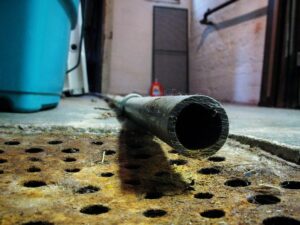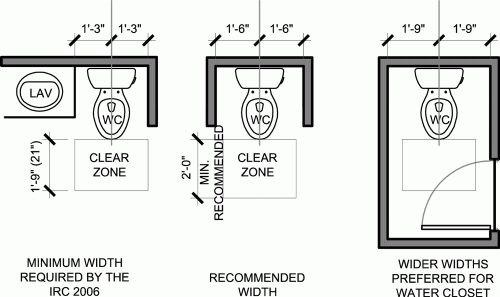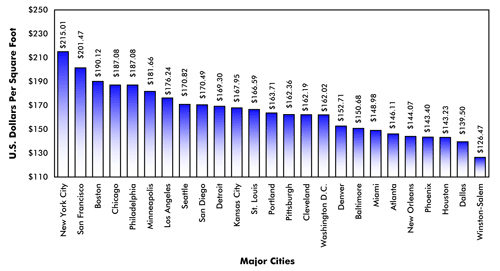Repairing Cracks in Septic Tanks
Cracks in septic tanks are a serious concern. They can lead to system failure, groundwater contamination, and costly repairs. Fortunately, with early detection and proper techniques, many cracks can be repaired before full replacement becomes necessary.
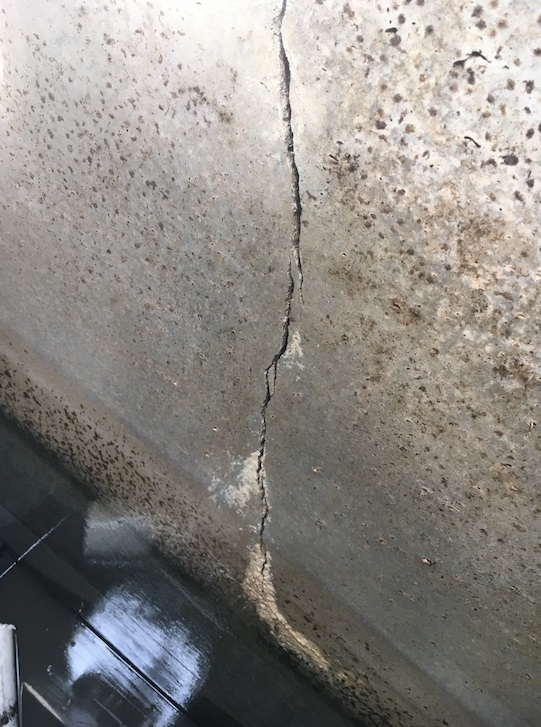
How Cracks Form in Septic Tanks
Cracks can form in septic tanks due to age, soil movement, or poor installation. Concrete tanks are especially vulnerable to cracking over time. Freezing and thawing cycles can cause expansion and contraction, eventually leading to fissures in the tank walls or base.
Tree roots also contribute to cracking. Roots seek out moisture and can penetrate even the smallest hairline cracks, making them worse over time. Improper backfilling or heavy surface loads can cause structural stress as well.
Learn more about septic system maintenance:
EPA Septic Systems Overview
Impacts of Septic Tank Cracks
Cracks allow untreated wastewater to seep into the soil. This can pollute groundwater, compromise nearby wells, and introduce harmful pathogens into the environment. Cracks can also allow groundwater to enter the tank, which increases the volume and overwhelms the drain field.
If left unchecked, cracks will worsen and eventually render the septic system non-functional. In some jurisdictions, leakage from a cracked septic tank can result in fines or mandatory replacement.
Evaluating Septic Tank Cracks
Professional inspection is critical when a crack is suspected. Inspectors may use cameras, dye testing, or hydrostatic testing to assess the damage. Evaluations focus on crack location, size, and whether the crack leaks fluid.
Minor hairline cracks can often be repaired. However, deep structural cracks, multiple cracks, or those in load-bearing areas may require full replacement. If the tank is more than 40 years old, replacement may be more cost-effective than repeated repair.
Inspection guidance available here:
National Onsite Wastewater Recycling Association (NOWRA)
Repair Techniques for Septic Tank Cracks
Several proven methods are used to repair septic tank cracks. The chosen technique depends on the crack’s location and severity.
Epoxy Injection
Epoxy can be injected into fine cracks to seal them permanently. The resin bonds with concrete and prevents further water intrusion.
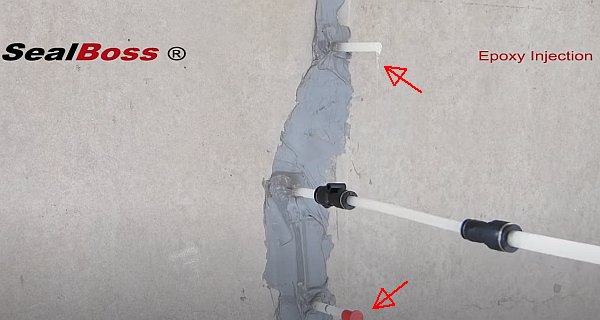
Hydraulic Cement
Hydraulic cement expands as it cures. It’s commonly used to patch accessible surface cracks in septic tank walls or lids.
Polyurethane Foam Injection
For leaking cracks below the waterline, polyurethane foam can be injected to expand and fill voids. It creates a watertight seal.
Internal Liners
Some contractors use flexible liners to reinforce the interior of tanks. This approach is less common but may work in certain cases.
All repairs should be completed by qualified professionals. DIY patching is risky and can lead to further damage or regulatory violations.
When Full Replacement is Required
Tanks with cracks wider than 1/8 inch or located in load-bearing areas usually require replacement. Also, if cracks are accompanied by tank settlement or signs of collapse, repairs are no longer sufficient. Local health departments may require replacement to meet code and environmental standards.
Lifespan of Septic Tank Repairs
Quality repairs can last for many years if properly maintained. Routine inspections and pump-outs every 3 to 5 years help extend repair life. Keep heavy vehicles off the tank area, and avoid planting trees nearby.
However, repairs don’t stop age-related wear. If the tank is already beyond its expected life (40-50 years), replacement may be the smarter investment.
Conclusion
Cracks in septic tanks can pose significant health and environmental risks. Early detection and repair can save money and extend the life of the system. Understanding when repairs are possible—and when replacement is necessary—ensures safe, long-term wastewater management. EVstudio encourages homeowners to seek professional assessment and follow all local health department requirements for septic repair or replacement.


